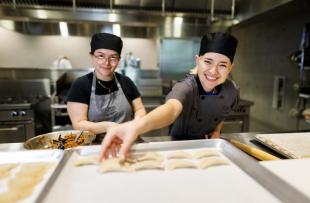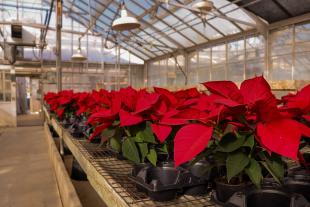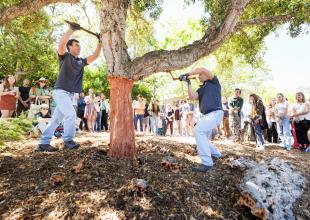Taste Tests and Funny Faces Help Botany Students Learn by Doing — And Chewing
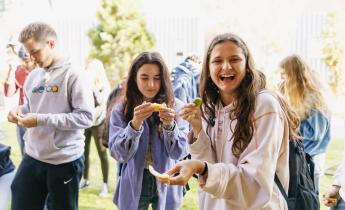
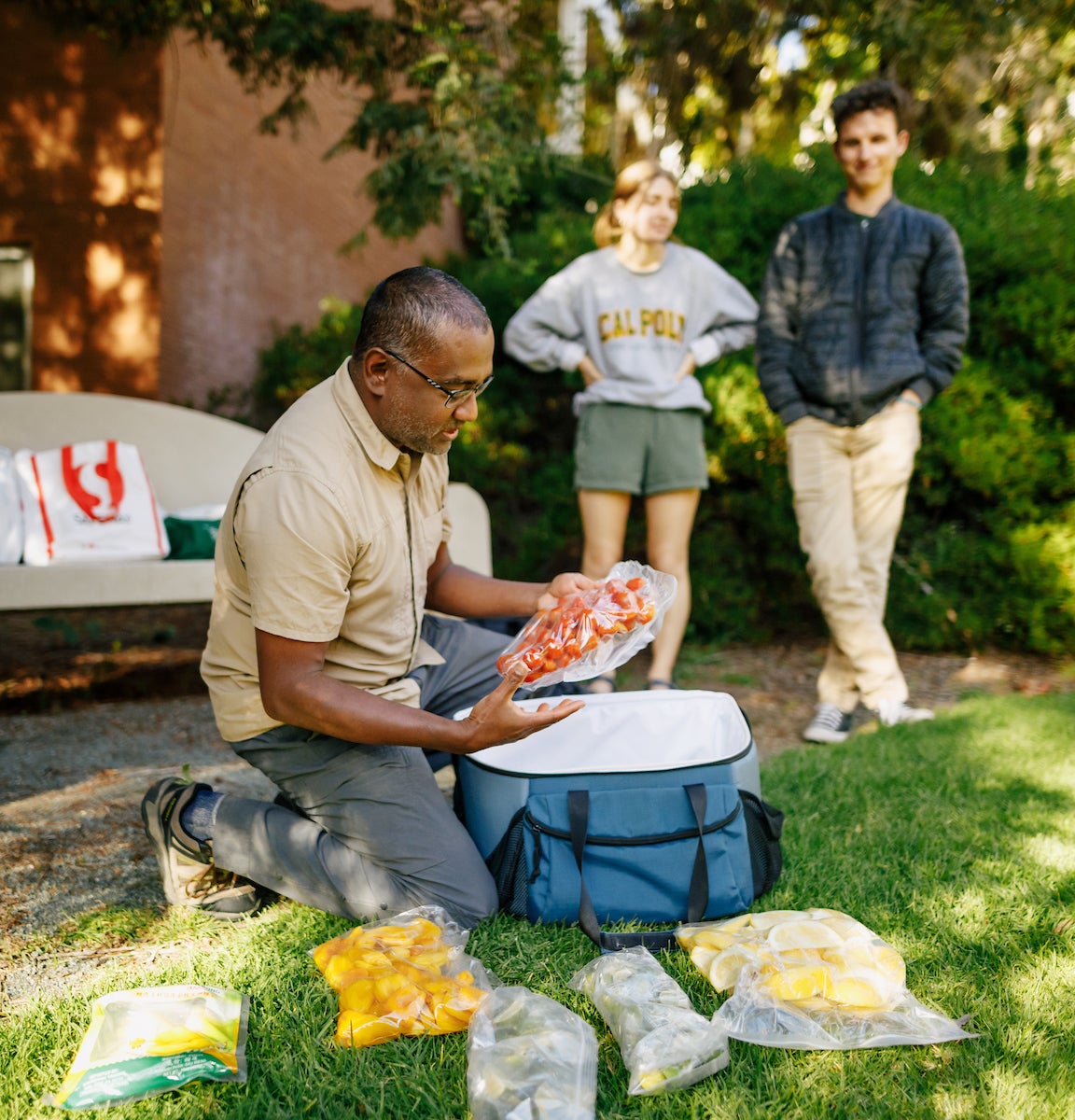
Midway through spring quarter, on a grassy spot under a bunch of redwood trees on campus, students from an introduction to botany course gathered to taste tamarind pods, tomatoes, lemon and lime wedges, jackfruit and durian provided by their professor, Nishi Rajakaruna.
It was a taste test party: part fun food event, part educational activity. While most of the fruits at the party could be found in any grocery store, Rajakaruna brought a special ingredient to give students a unique experience: miraculin, a compound extracted from a fruit found in West Africa, which tricks taste buds into thinking sour foods are sweet.
Rajakaruna holds these taste test parties as a way to bring botany to life for his students.
“When I started teaching in 2004, I was determined to make botany relevant to everyday life,” Rajakaruna said. “I give students real examples that they can touch, feel, taste and smell rather than talking about textbook examples that people never really see or relate to.”
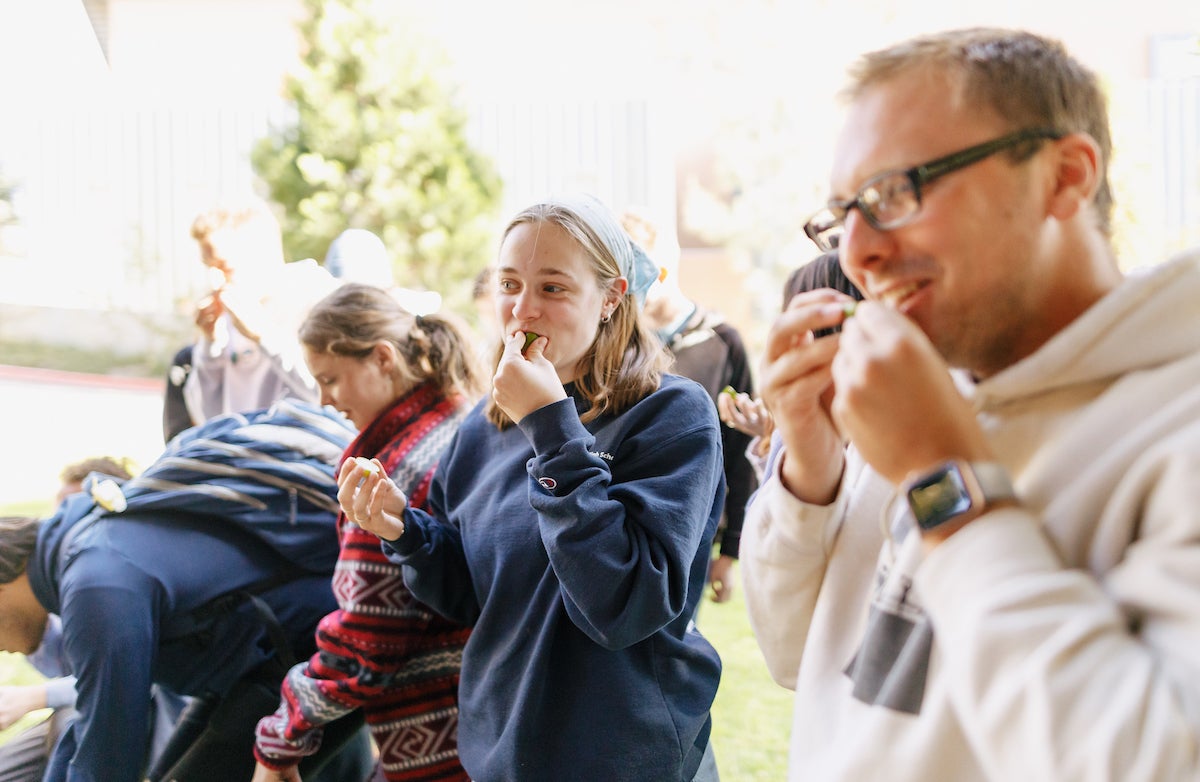
To start, the students all took a miraculin tablet and let it dissolve on their tongue. Once it dissolved, the students sampled slices of lemons and limes. The air filled with gasps and exclamations as they experienced the same old fruits in new ways.
“It tastes like lemonade!” one student exclaimed as she bit into a lemon wedge. Some of the students took shots of apple cider vinegar to see if they could taste a difference. Rajakaruna also provided jackfruit, which he seasoned with black pepper grown in his garden in Sri Lanka, as he educated the students about the different fruits and plants they were enjoying.
Once the tablets had worn off, Rajakaruna produced a giant, spiky, stinky durian fruit.
As he held the fruit, he quizzed the students on where in the world durian is native to, its pollinators and different products that contain the fruit. As he explained the anatomy of the durian, he opened it with his hands, walking around to show the students.
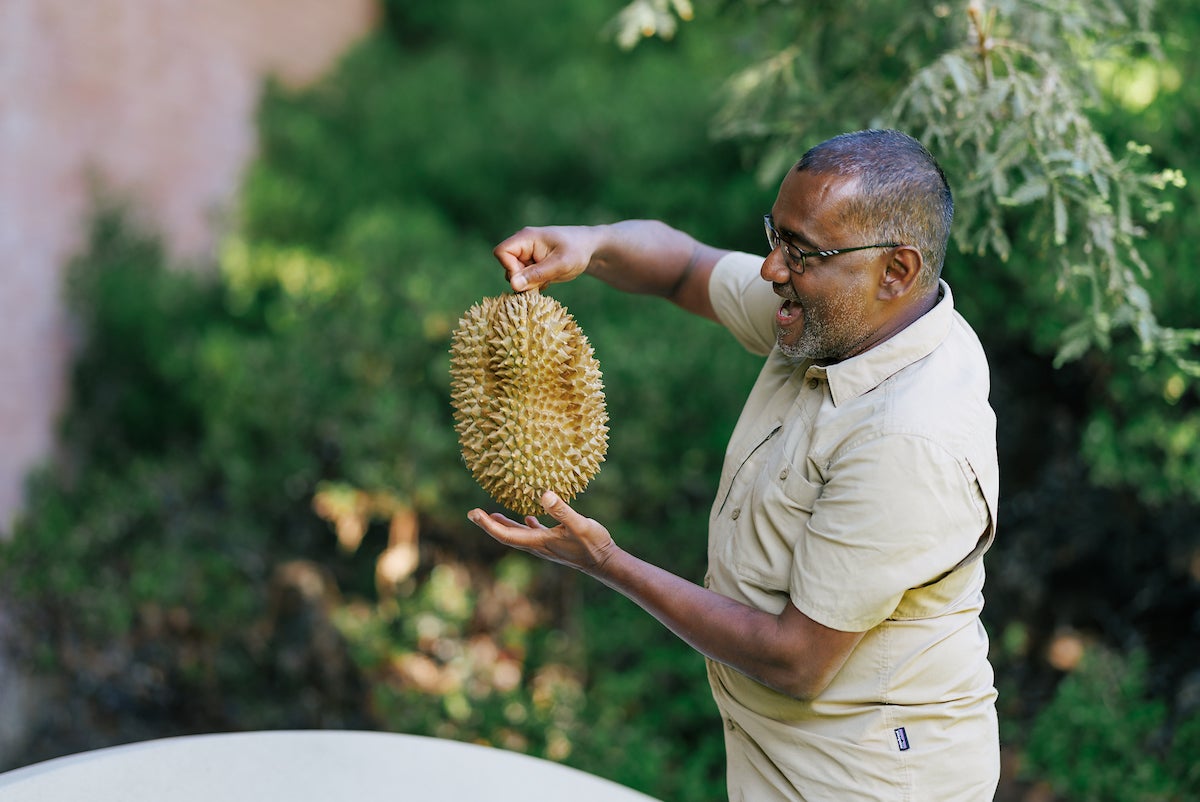
“It smells bad, yeah! Don’t get too close,” he said, agreeing with one student. “It’s got about 30 different kinds of sulfur compounds in it: people describe it as rotting eggs, dirty socks, garlic. It smells bad, but it tastes really good.”
Despite the looks on students’ faces, most gave the pungent durian a try, discussing the taste with each other and with Rajakaruna.
“I have seen the value of communicating botany to students, and the impact experiential botany has on them and their worldview is something I think is very powerful,” Rajakaruna said. “When you talk about broccoli, rice, apples, students can relate to it. If you give them stuff to eat, the botany sticks with them. Those are the things that you remember, not something you see on a PowerPoint slide.”
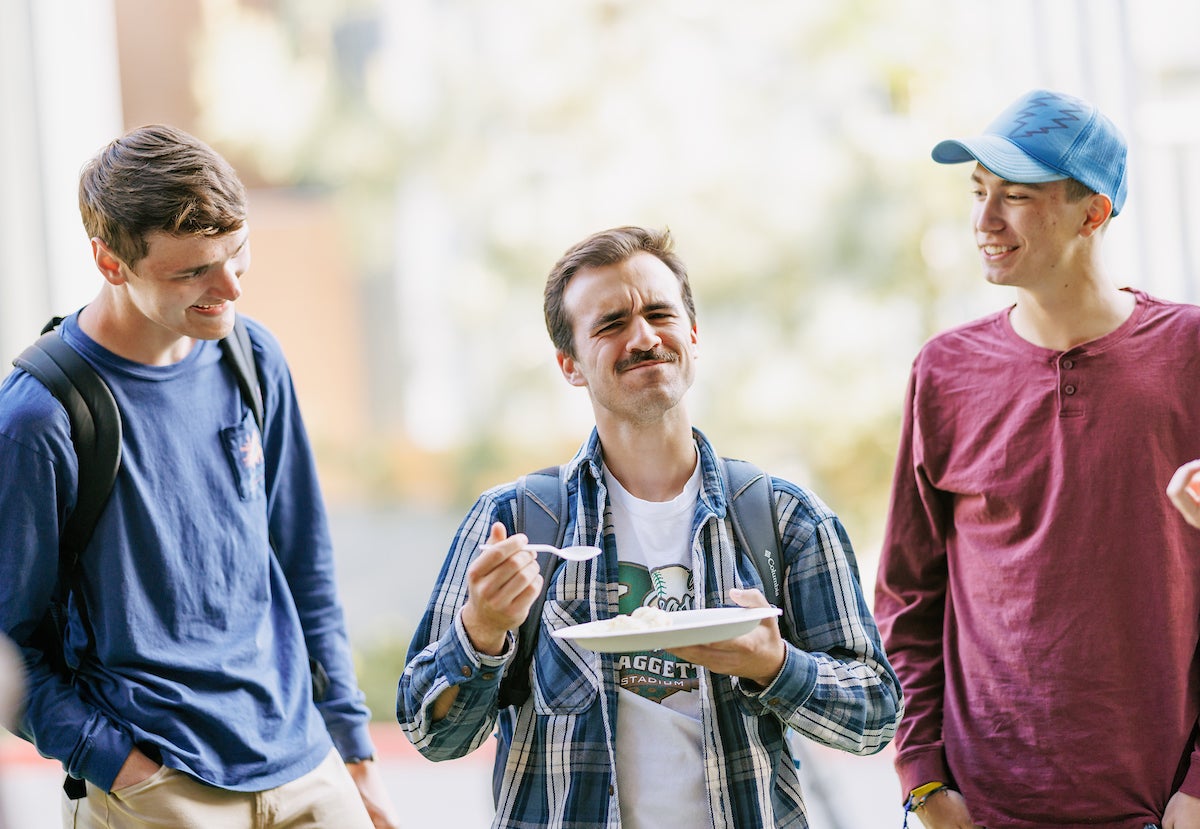
Students in the class agreed that this was one of their most memorable experiences.
“This kind of thing is a standout moment,” said Ben Trust, a fourth-year mechanical engineering major. “This is my favorite class this quarter and this is my last quarter.”
Meredith Haaker, a fourth-year anthropology student with a concentration in ethnobotany, said the class has given her a different perspective on botany.
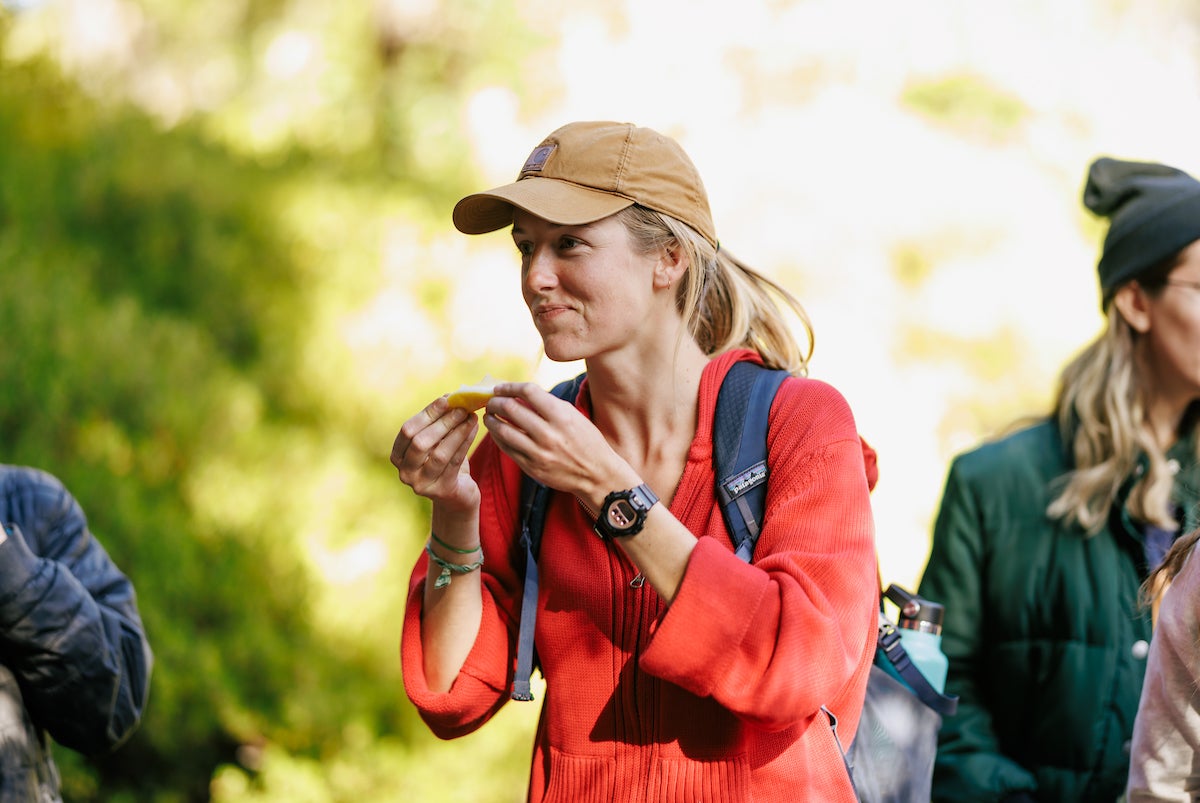
“Doing something so tactile like this is really helpful for botany,” she said. “I took this class because I wanted to ground my knowledge in tangible science, and pairing what I’m learning with taste and smell is fun.”
Second-year agricultural science student Rachel Harman said she had tried to get into this class, Botany 121, for the past three quarters before finally getting in. Her upcoming summer internship deals with plants, which she was unsure about before taking this class.
“It’s really engaging, and this kind of thing keeps you wanting to come to class,” she said. “You learn a lot.”
Want more Learn by Doing stories in your life? Sign up for our monthly newsletter, the Cal Poly News Recap!


